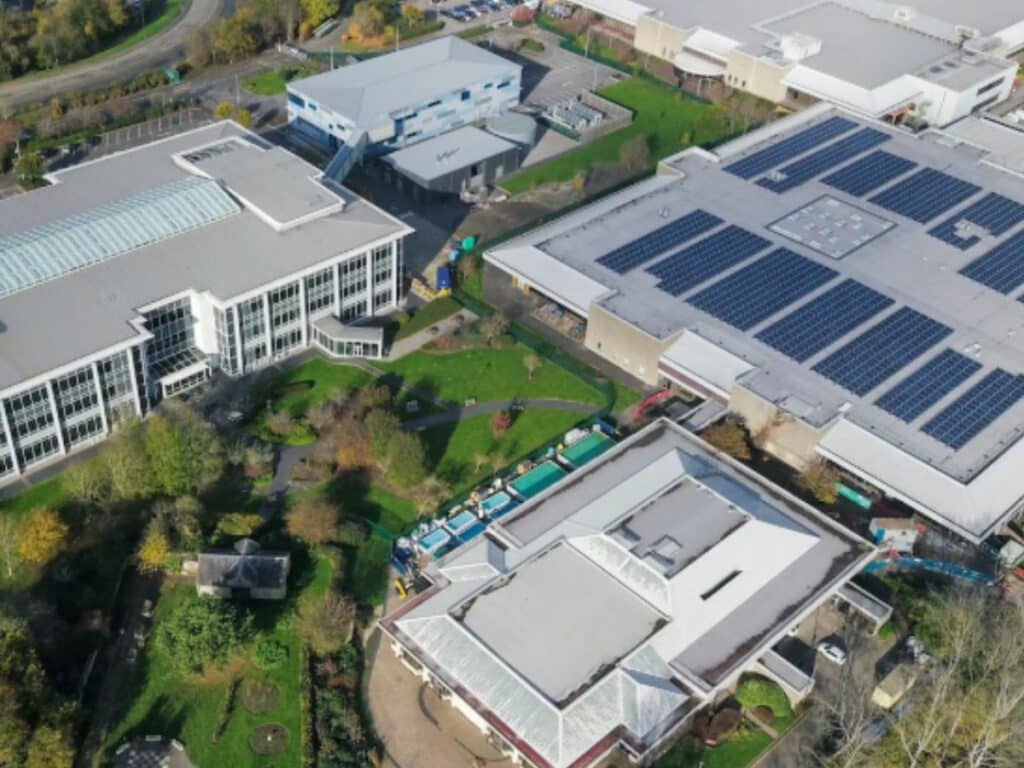The most common question is, “How many plates should I install?” It sounds easy, but it’s not answered by looking at your annual bills alone. It is not enough to know
The story behind your consumption: the data that matters
To design a system that works in the real world, we have to understand your energetic routine. We don’t work with averages; we work with patterns.
- Hourly load curve: your consumption every hour (or every 15 min). It is the basis for measuring the overlap between what you produce and what you consume.
- Environment and mounting: location, orientation and inclination of the roof, shading and losses. This defines the actual production of the PV field.
- Tariff and cost structure: we identify in which periods the kWh is more expensive and where more savings are gained. We value investment(capex) and operation(opex) to calculate financial profitability.
- Battery (if applicable): cost per kWh and kW, performance and lifetime. Key when there is relevant consumption at dusk/night.
Useful definitions:
ra (self-consumption ratio) = how much of your solar energy you eat yourself.
ga (degree of self-sufficiency) = how much of your demand you cover with your solar.
van (net present value) = the financial metric that indicates whether the project creates value.
The Fotovol method: from data to optimal size
Our process is designed to find the sweet spot: where every euro invested yields the highest return. No “ceiling full” by default.
- cleaning and segmentation
we separate workdays, weekends and shifts. we remove outliers and stops to see your real pattern. - hourly kWp simulation
we model what 1 kWp would generate on your roof, hour by hour, with losses and real system performance. - size sweep and savings analysis
we tested multiple powers. for each one we calculated self-consumption, surplus, ra, ga and savings per tariff period. - impact on contracted power (industrial)
we measure how PV flattens peaks and if you can optimize the power term. - electrical validation and standards
inverters, strings, voltages, allowable clipping and safety. design passing audit. - decision by van
we choose the size where the van is maximum while maintaining a high ra. we install what suits, not what fits.
Integrated example (didactic and realistic)
Imagine a factory with a night base of 80 kW and 8-18 h shifts with 250 kW. On weekends it drops to 60 kW. On its roof, 1 kWp yields ~1,650 kWh/year (including losses and efficiency).
- With 500 kWp, you would generate ~825 MWh/year. the overlap with daytime consumption is high: ra ~85% → ~701 MWh saved and ~124 MWh surplus.
- If you go up to 900 kWp, you generate more, but the ra drops (~68%). this translates into more surplus and lower marginal return.
The winning size is not the largest, it is the one that maximizes go with ra even high.
With or without battery? When is it worth
We operate with clear rules: load limits(soc), round-trip performance and priority to expensive hours.
- Sn battery: mainly daytime profiles and weekends with low activity.
- With battery: when there are surpluses at midday and heavy consumption at dusk/evening, or when you need to reduce peaks (peak-shaving) to optimize contracted power.
From kWp to number of plates (without missing)
- we set the optimal kWp of the study.
- we choose the module (typical 400-550 Wp).
- No. of plates ≈ kWp optimum / (Wp of module / 1,000).
- we checked space, maintenance aisles, deck loads and shadows. zero surprises.
We choose the module (typical 400-550 Wp). Check out our solutions for photovoltaic modules for industry
Expert warnings: traps we avoid as a matter of routine
- Sizing with kWh/year or dry hsp: ignores the when and triggers surpluses.
- Not separating profiles (work vs. weekend/shifts): artificially inflates the expected ra.
- Forget opex and degradation: performance drops with dirt/weather; promising without that is selling smoke.
- Ignore contracted power (industrial): you lose a relevant saving lever.
Our criterion is maximum savings
The key is not to install more, but to install better. At fotovol, the
do you want to know exactly how many panels you need and how much you are going to save? request your load curve study and we will give you the optimal size (with or without battery), the savings by periods and the impact on contracted power.
